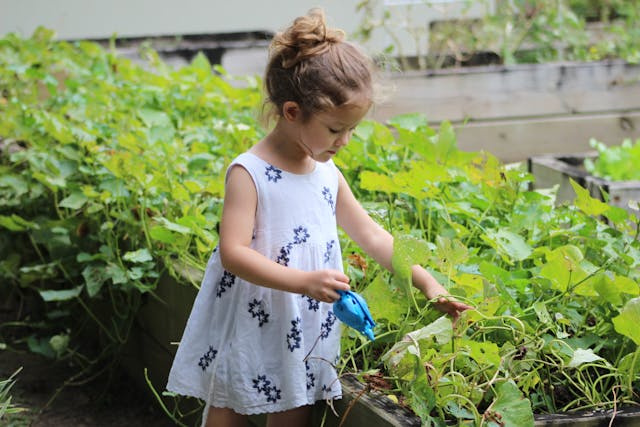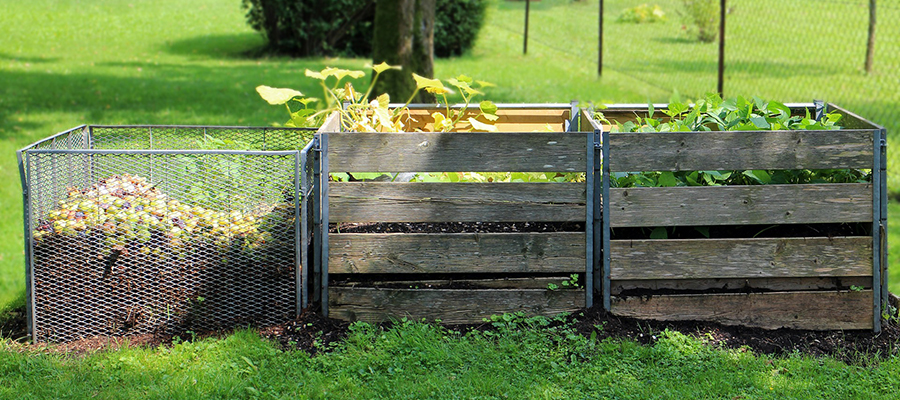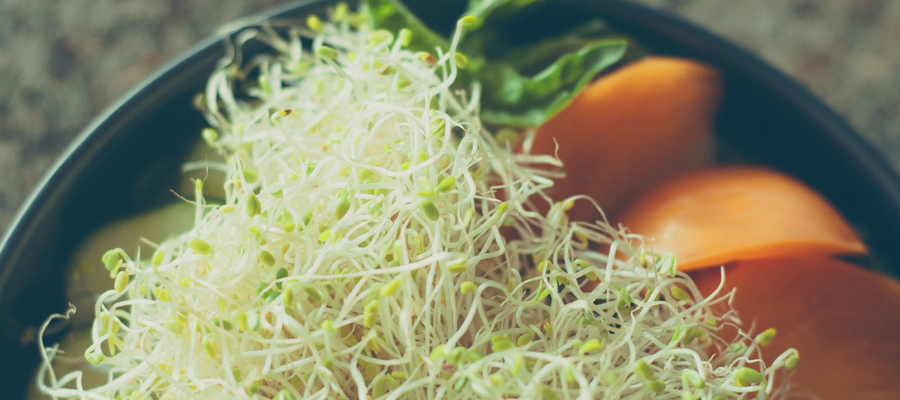Summer is here, which means it’s the perfect time to start a garden with the kids in your life! Spend quality time in the sun and introduce them to nutrition in the garden with a garden of their own.
The good news is you can start today! According to Farm and Dairy, July and August are great months to plant vegetables in time for a fall harvest.
Why Should You Garden With Kids?
Gardening with kids has a variety of benefits, but one of the most important is that it gives you a chance to start their education in holistic health. Holistic health refers to the health of the whole, interconnected person, and it encompasses all stages of life.
Showing your kids how the environment feeds the vegetables, and the vegetables, in turn, feed them, will give them a greater understanding of the importance of holistic nutrition.
Kids’ Gardens
When gardening with children, you should take into account their age and ability, as well as their interests. Younger kids might start off eager to help dig a garden bed, but they’ll likely be finished long before the work is. Plan alternate tasks suitable for their age level so that they can stay involved while you finish the hard work.
Ideas for alternate gardening-related tasks:
- Digging through the soil to remove rocks
- Breaking up dirt clods with a trowel
- Pulling up weeds
- Craft garden markers
Choosing a Kid’s Plot
Find a spot in your garden that can be your child’s personal garden space. By giving them their own plot, control over what they plant, and the responsibility to care for it, you’ll give them something they can be proud of at harvest time!
Of course, if your kid’s plant-care methods are causing harm to the plants, like over-watering or over-fertilizing, you can redirect them by explaining how the plants react to those methods in human terms. For example, “If you give the plant too much fertilizer, they’ll get too full - imagine if you ate a truckload of spaghetti every day. You'd feel too full, too!”
Choosing Seeds and Starts
Kids love planting seeds! You can start by explaining how small seeds grow into big plants, meaning they’ll need space between seeds.
Big seeds and fast-growing seeds work best for younger kids. Big seeds are easier to hold and fun to look at - beans and corn come in various colors - and fast-growing seeds let the kids see progress sooner.
Gardening starts, also known as seedlings or transplants, are young plants that have been grown from seeds by someone else and are ready to be transplanted into a garden. Purchasing starts instead of seeds can also help speed up the gardening process. Also try mixing a few flowers in with the vegetables to give your garden color while the vegetables grow!
Watering
Kids love watering, but it can be easy for them to get over-enthusiastic. To reduce the chances of flooding the garden, avoid using an open hose to water. Consider getting a nozzle attachment that can control the flow rate, or use a watering can with a spout in a child-appropriate size.
Harvesting
Kids are always proud to harvest what they’ve grown - the challenge is encouraging them to wait until all of the produce is ripe!
Immature and overripe produce has limited storage potential, so keeping a careful eye on ripeness will help your harvest last. The best time to harvest is in the morning before the produce has warmed up. If you harvest in the afternoon, you can cool the produce in cold water before draining it and storing it in a cool place.
Make sure to remove non-edible portions like carrot tops or outer leaves as you go - some eager gardeners might want to try the fruits of their labors right away!
The produce that doesn’t get eaten right away can be added to healthy recipes for the whole family. Food always tastes better when you’ve grown it yourself, and this can be a great way to teach kids to love their veggies!
Seed Saving and Storage
When you grow many vegetables, sometimes a few will escape notice and get too big to eat, like cucumbers. This is a great chance to introduce kids to the concept of seed saving, the process of storing and preserving seeds to grow a new crop the following year, and the circular process of gardening.
Most produce can be stored together, but there are some combinations to avoid. Fruits like apples, pears, and tomatoes give off ethylene gas as they ripen, which damages vegetables like lettuce, carrots, greens, and onions. Also, many crops pick up a smell when stored near onions, so separating those from the group is a good idea.
Go Out and Garden With ACHS’s Support!
Now that you know the cycle of a kids’ garden from planting to harvesting, you’re ready to get started!
If you’re interested in getting tips for managing your adult garden, you can view ACHS’s gardening webinar with Scott Wilson. 40 years of gardening experience has made him an expert in helping beginning gardeners get started, and he’ll cover everything you need to know!
If you’re already a gardening pro, you can check out the ACHS blog for more advice on promoting wellness in your life and find health-conscious recipes that use garden-grown ingredients. Or expand your knowledge by taking our micro-course: Master Herb Gardening for the Home Herbalist.
This content is for educational purposes only and is not intended to be medical advice. It is not intended to treat, diagnose, cure, or prevent disease. This article has not been reviewed by the FDA. Always consult with your primary care physician or naturopathic doctor before making any significant changes to your health and wellness routine.






